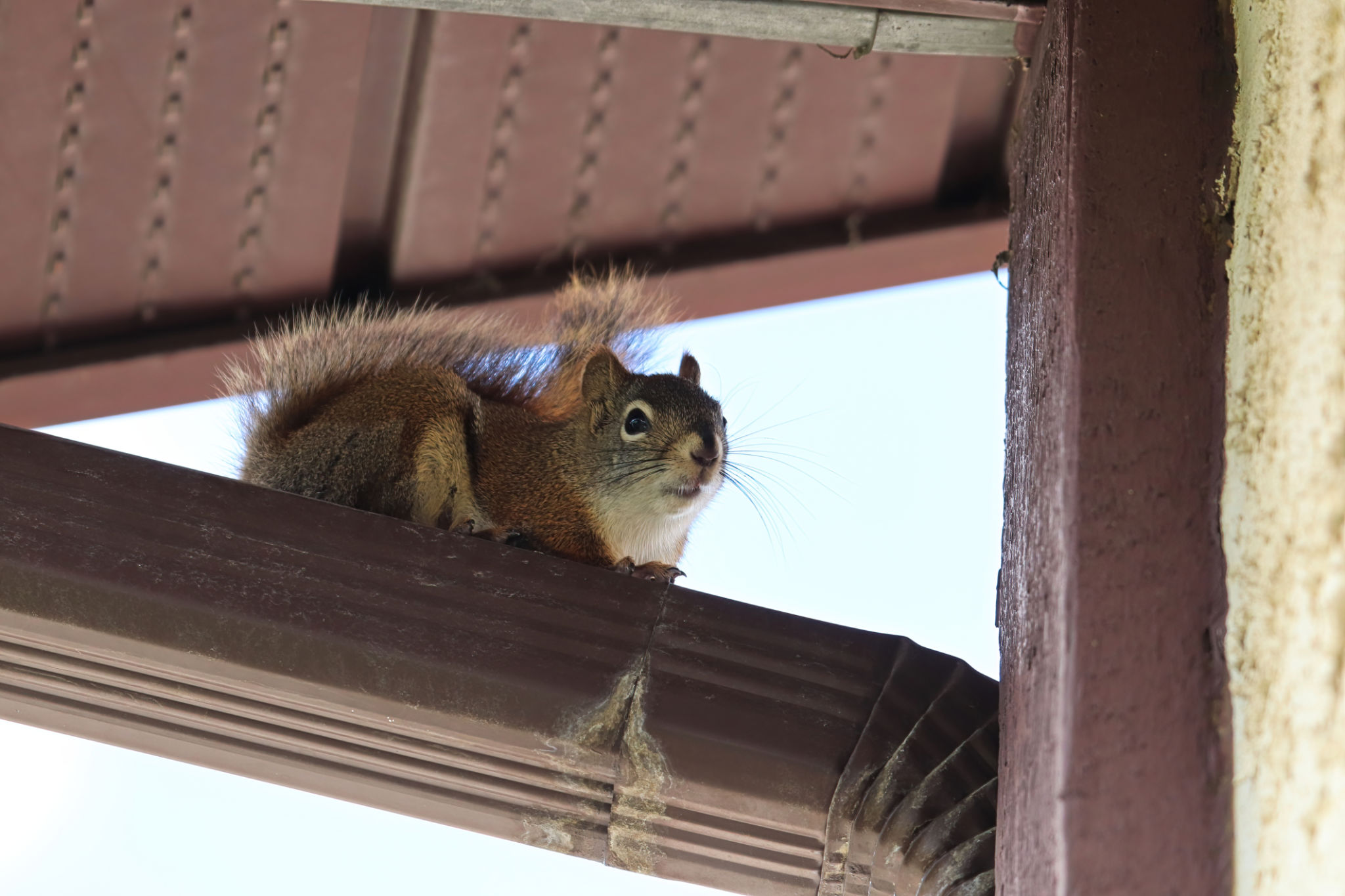Expert Insights: Preventing Wildlife Intrusions in Your Home
Understanding Wildlife Intrusions
Wildlife intrusions into residential areas are becoming increasingly common as urban development expands into natural habitats. While these encounters can be fascinating, they can also pose risks to both humans and animals. Understanding the causes and consequences of wildlife intrusions is the first step towards preventing them effectively.
Many animals are drawn to human homes in search of food, shelter, or warmth. Factors such as improperly stored food, accessible pet dishes, and open garbage cans can attract wildlife like raccoons, squirrels, and even bears. Additionally, gaps in housing structures can provide easy access for these creatures.

Identifying Potential Entry Points
To prevent wildlife intrusions, it is crucial to identify and secure potential entry points around your home. Common entry points include chimneys, vents, and gaps in roofing or siding. Conducting a thorough inspection of your property can help you pinpoint these vulnerabilities.
Consider hiring a professional to assess your home if you are unsure about identifying entry points. They can provide insights into areas that may be overlooked and offer solutions tailored to your specific situation.
At Pest Troopers Inc., we specialize in thorough home inspections throughout the GTHA and South Simcoe Region, identifying even the most hidden pest entry points. Our experienced technicians use advanced tools and techniques to pinpoint vulnerabilities and develop a customized treatment and prevention plan. Whether it’s sealing gaps, installing exclusion barriers, or implementing targeted treatments, Pest Troopers Inc. provides expert, long-lasting solutions to keep your property protected year-round.
Securing Your Property
Once you've identified potential entry points, it's time to secure them. Here are some effective strategies:
- Seal Cracks and Gaps: Use materials such as steel wool or caulk to fill small openings.
- Install Chimney Caps: These prevent animals like birds and squirrels from entering through chimneys.
- Secure Ventilation Openings: Install mesh screens over vents to keep wildlife out while maintaining airflow.

Implementing Deterrents
Deterrents can be a valuable part of your wildlife prevention strategy. Consider using motion-activated lights or sprinklers to discourage nocturnal animals. Additionally, ultrasonic devices emit sounds that are unpleasant to wildlife but inaudible to humans.
Another effective deterrent is the use of natural repellents. Strong-smelling substances like peppermint oil or ammonia-soaked rags can be placed around potential entry points to ward off curious animals.
Maintaining a Wildlife-Free Environment
Preventing wildlife intrusions is not a one-time effort but requires ongoing maintenance and vigilance. Regularly inspect your property for new vulnerabilities and ensure that deterrents remain effective over time.
Educating yourself and your family about local wildlife behavior can also help in maintaining a wildlife-free environment. Understanding the habits of animals common to your area will allow you to anticipate and address potential issues before they arise.

By taking proactive measures and implementing expert-recommended strategies, you can protect your home from wildlife intrusions while coexisting peacefully with the natural world around you. Remember, prevention is always more effective than dealing with the consequences of an intrusion.
